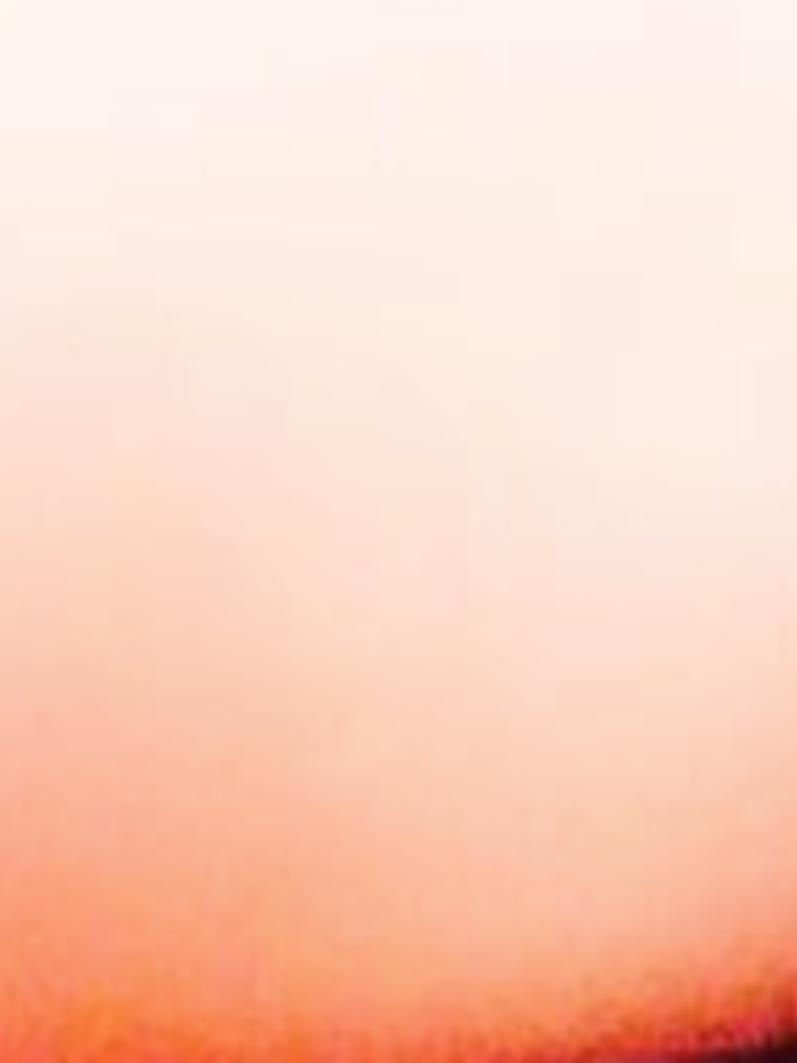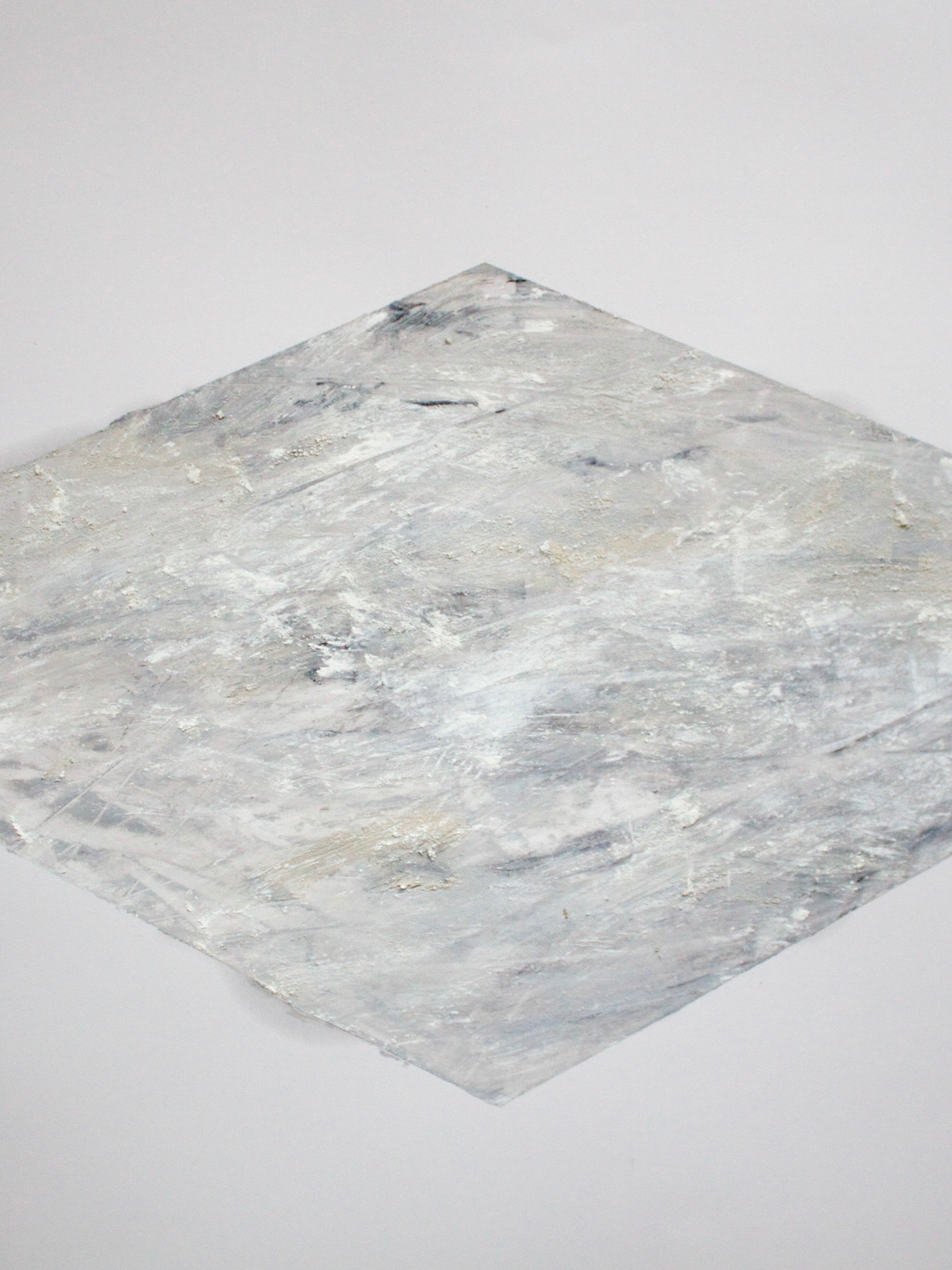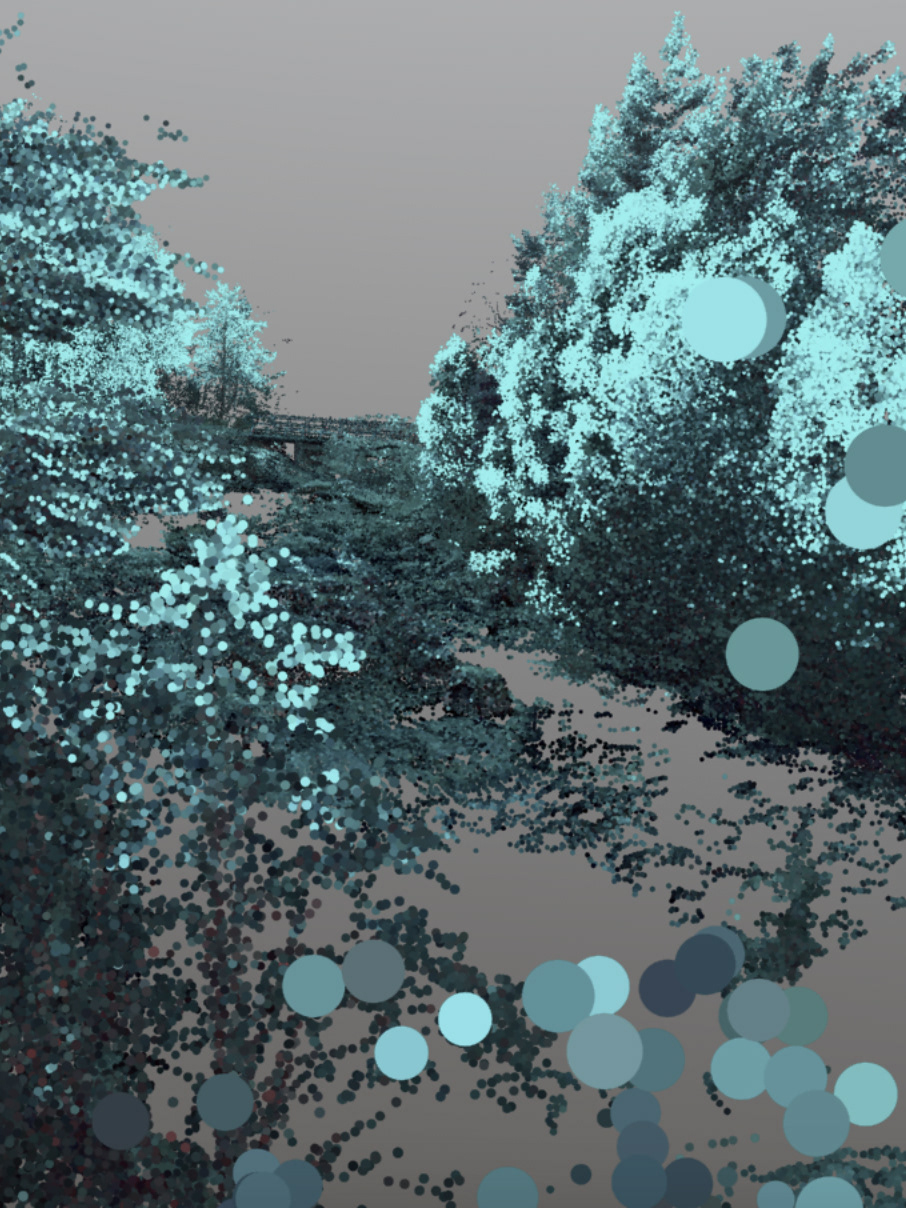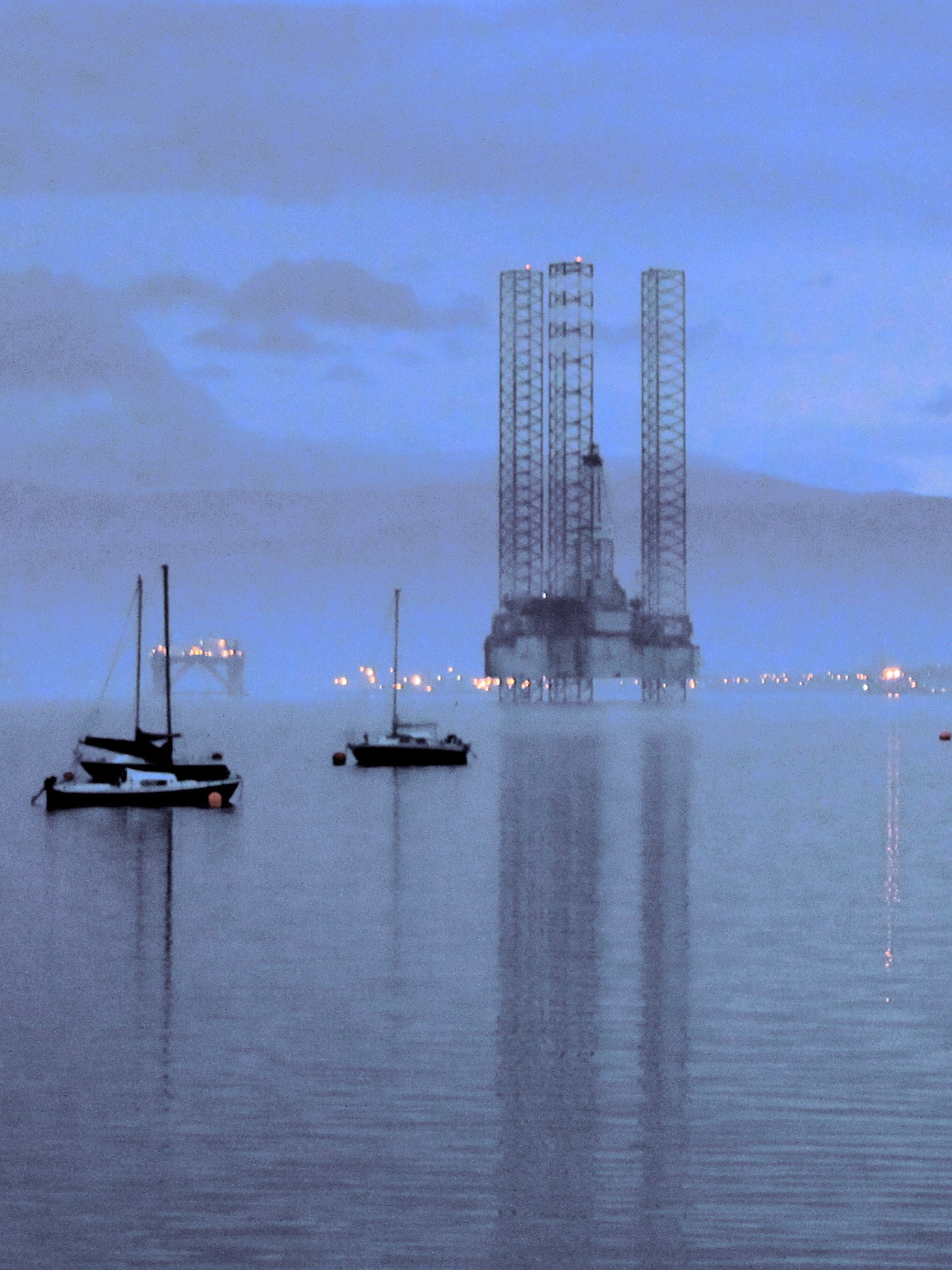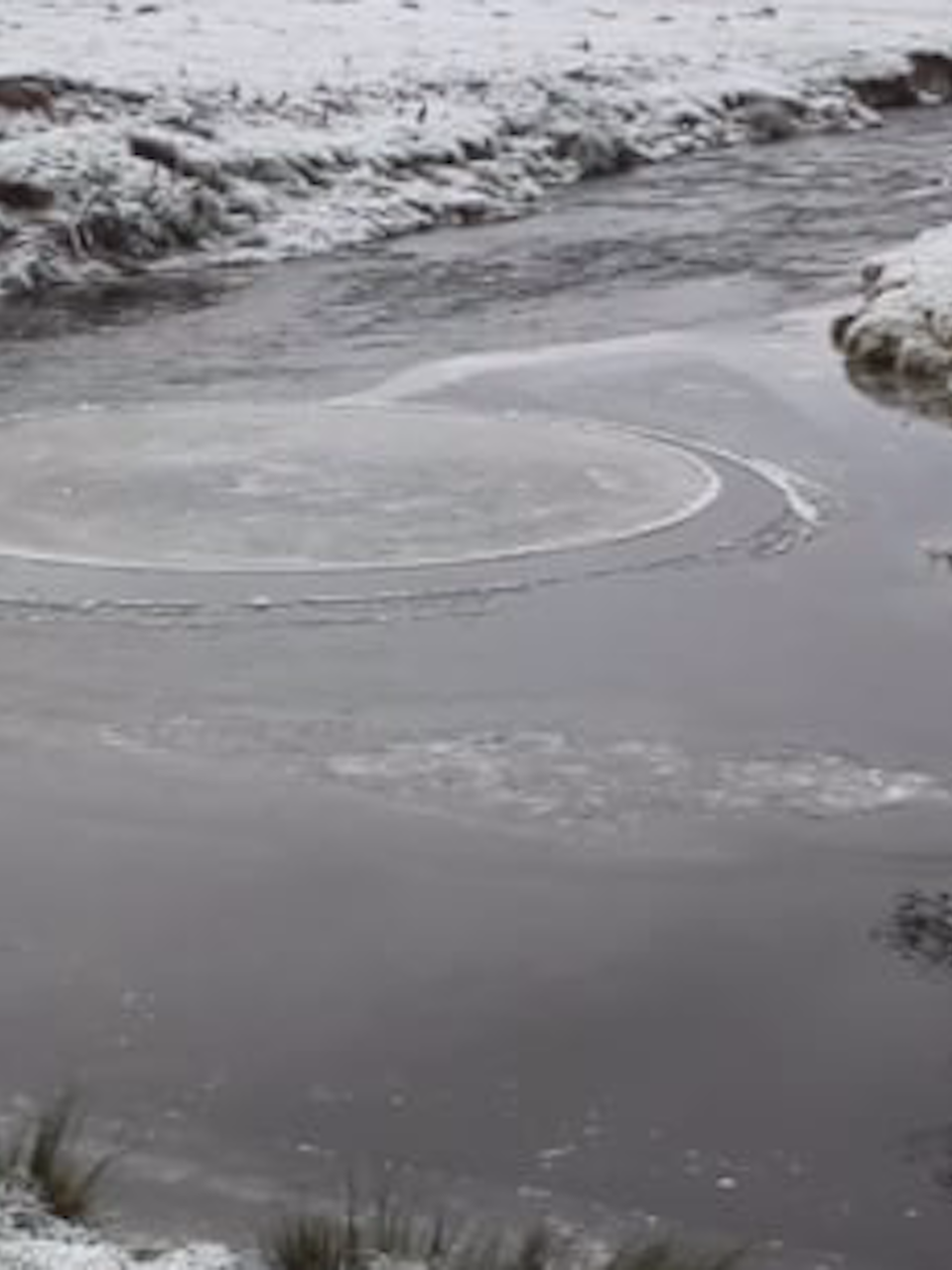VARIETIES OF PRESENCE
"Perception is not something that happens to us. It is something we do. Think of a blind person tap-tapping his or her way around a cluttered space, perceiving that space by touch, not all at once, but through time, by skillful probing and movement. This is, or at least ought to be, our paradigm of what perceiving is. The world makes itself available to the perceiver through physical movement and interaction."
'Action in Perception' Alva Noë, MIT Press 2004
'Action in Perception' Alva Noë, MIT Press 2004
2016 & 2017.
Watercolour on Paper, Oil on Board, Oil on Di-Bond panels
Watercolour on Paper, Oil on Board, Oil on Di-Bond panels



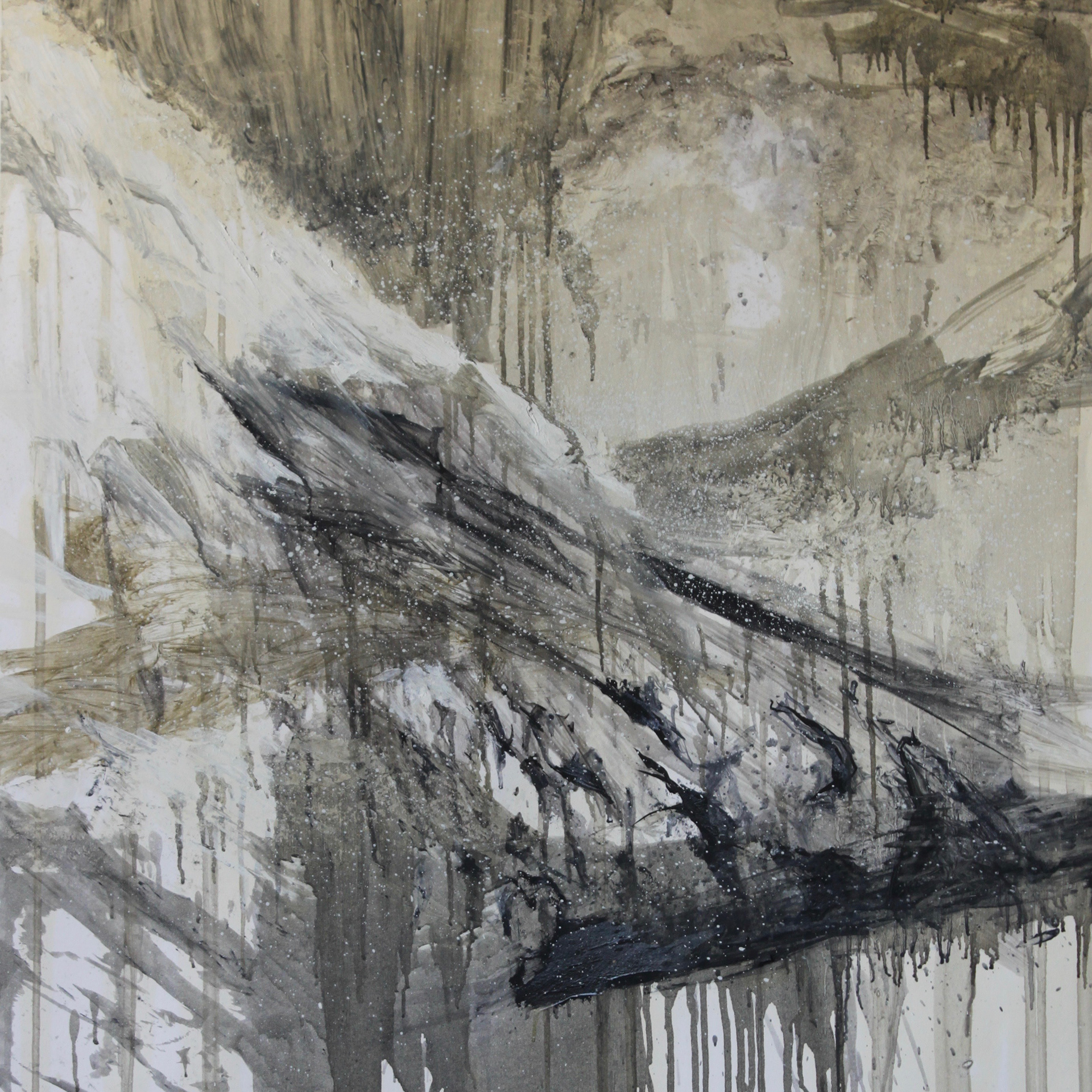

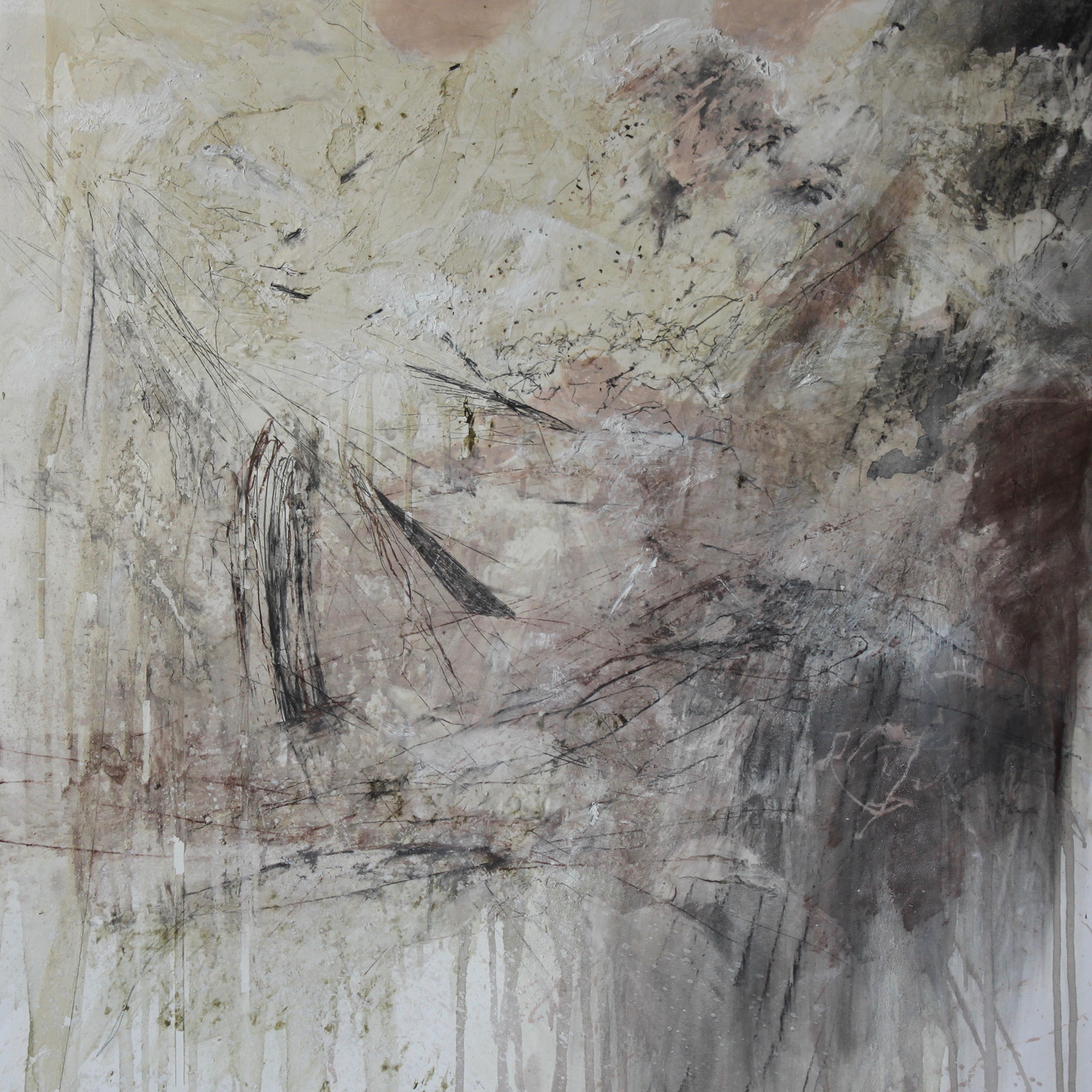
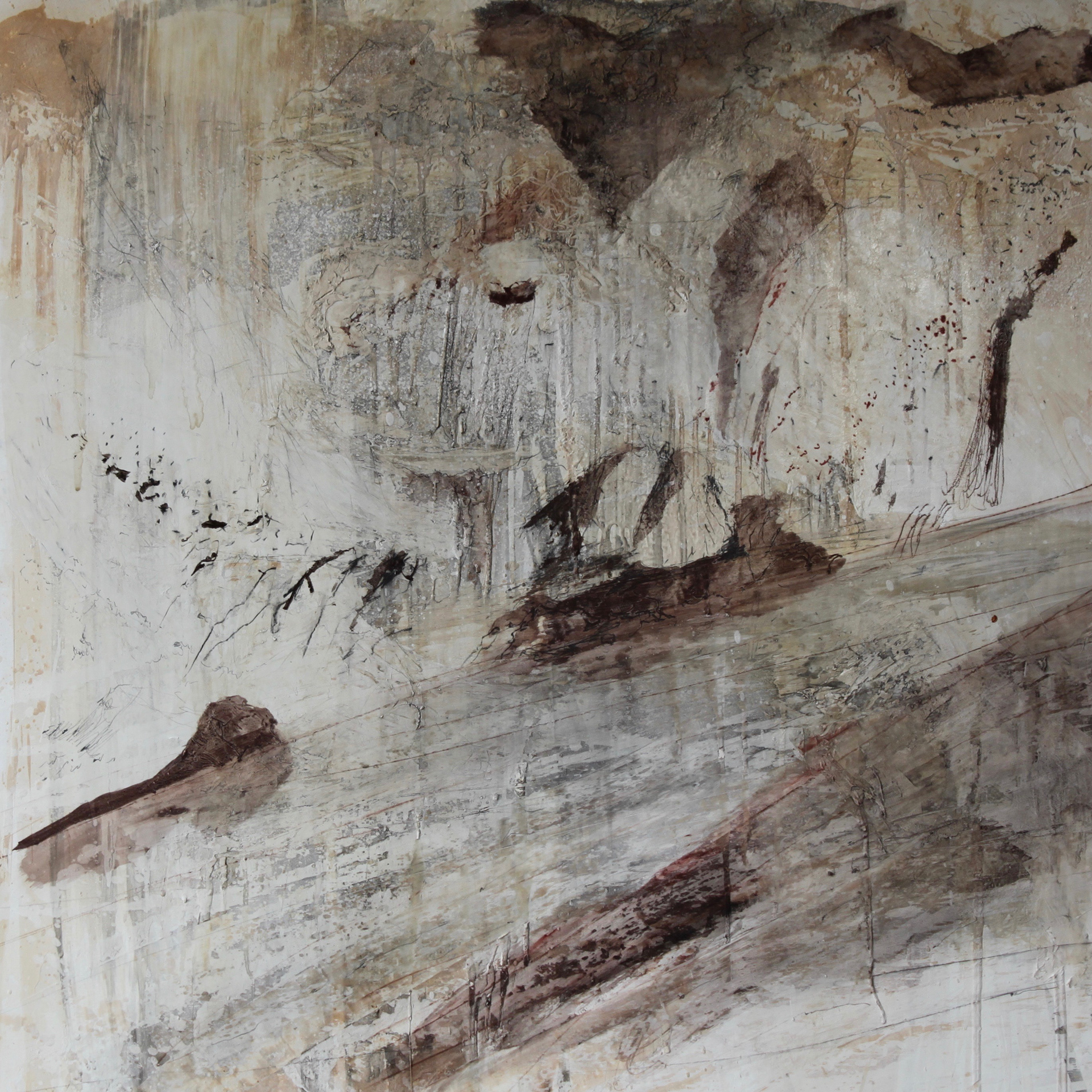




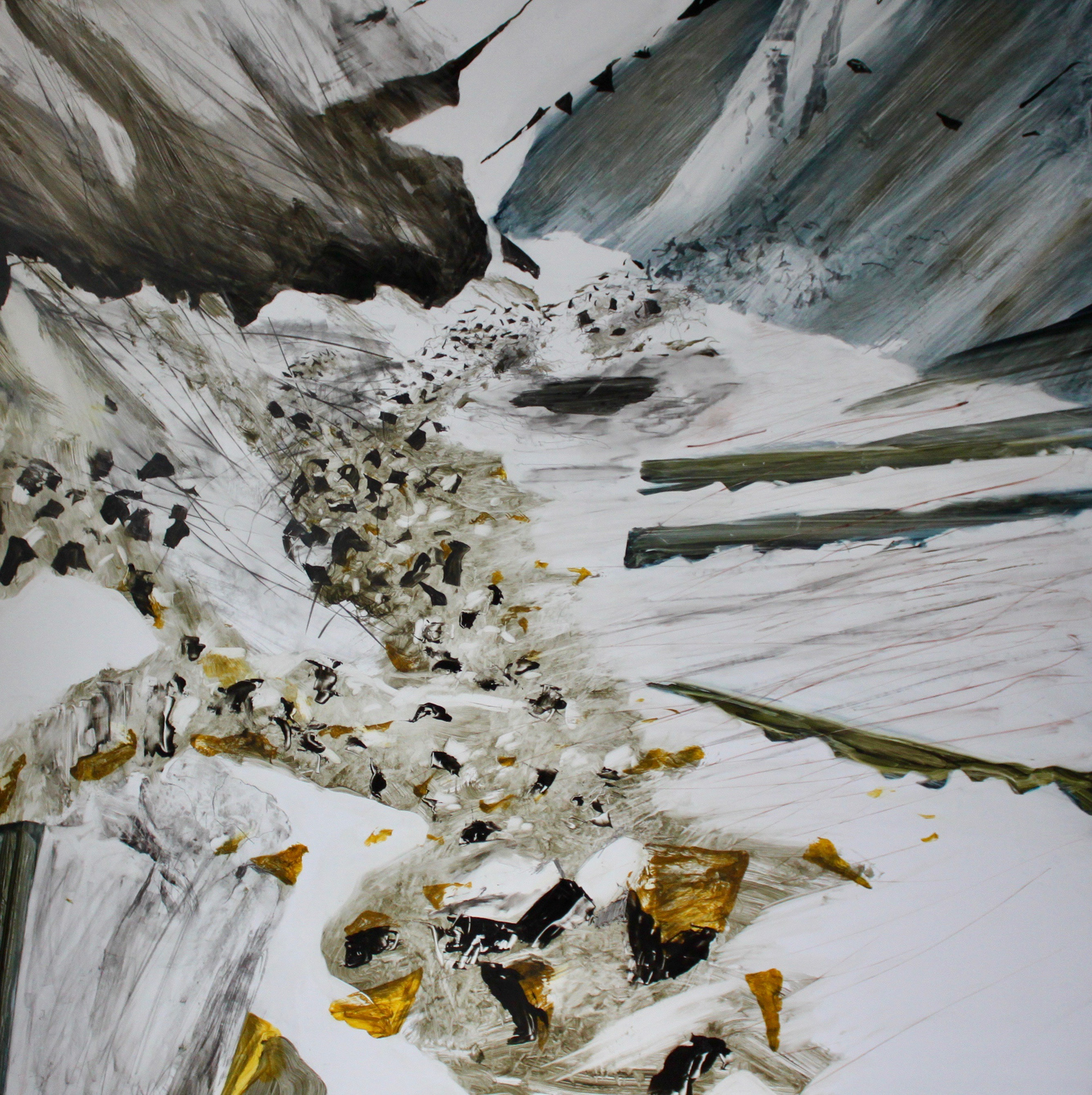
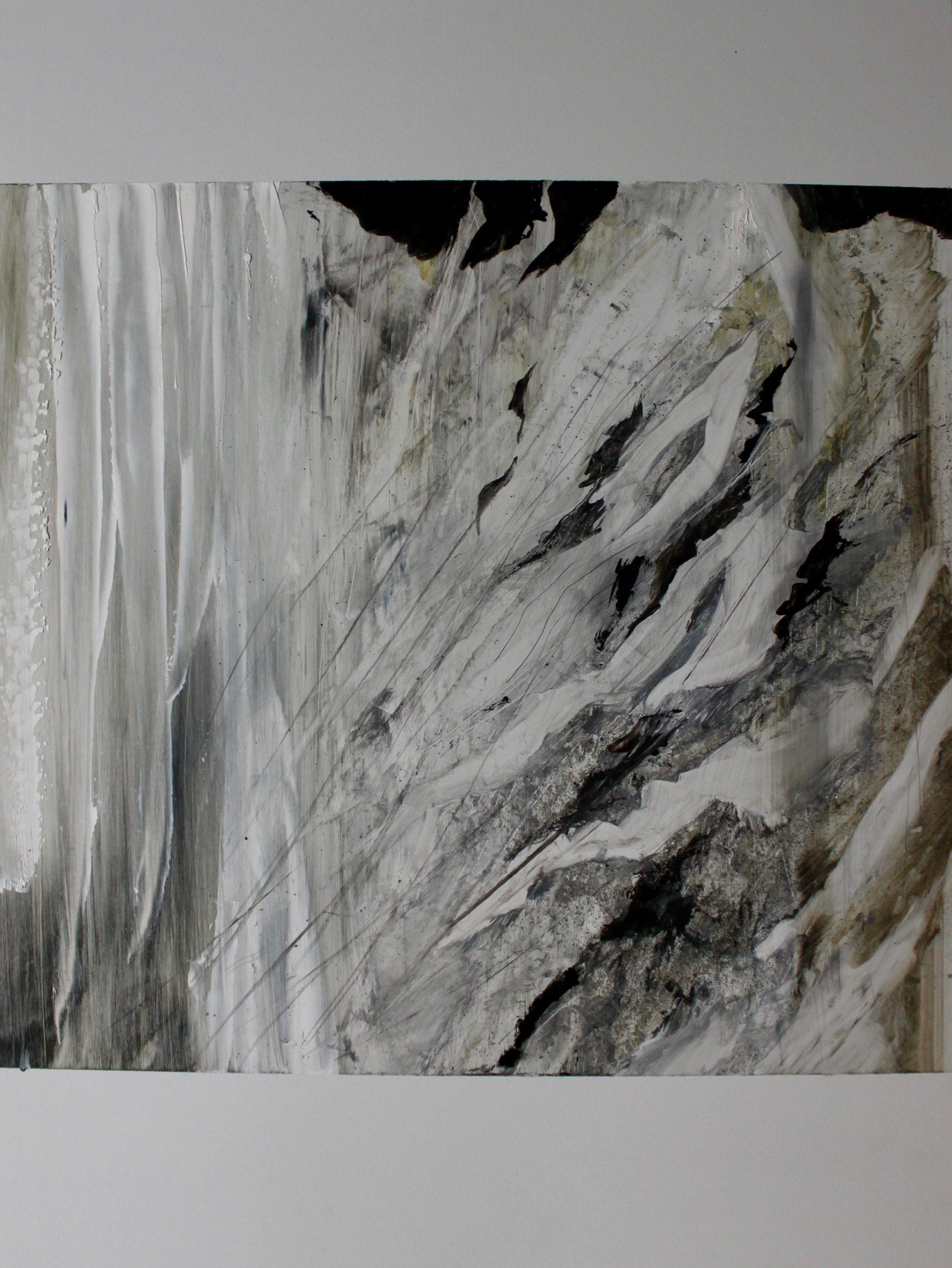
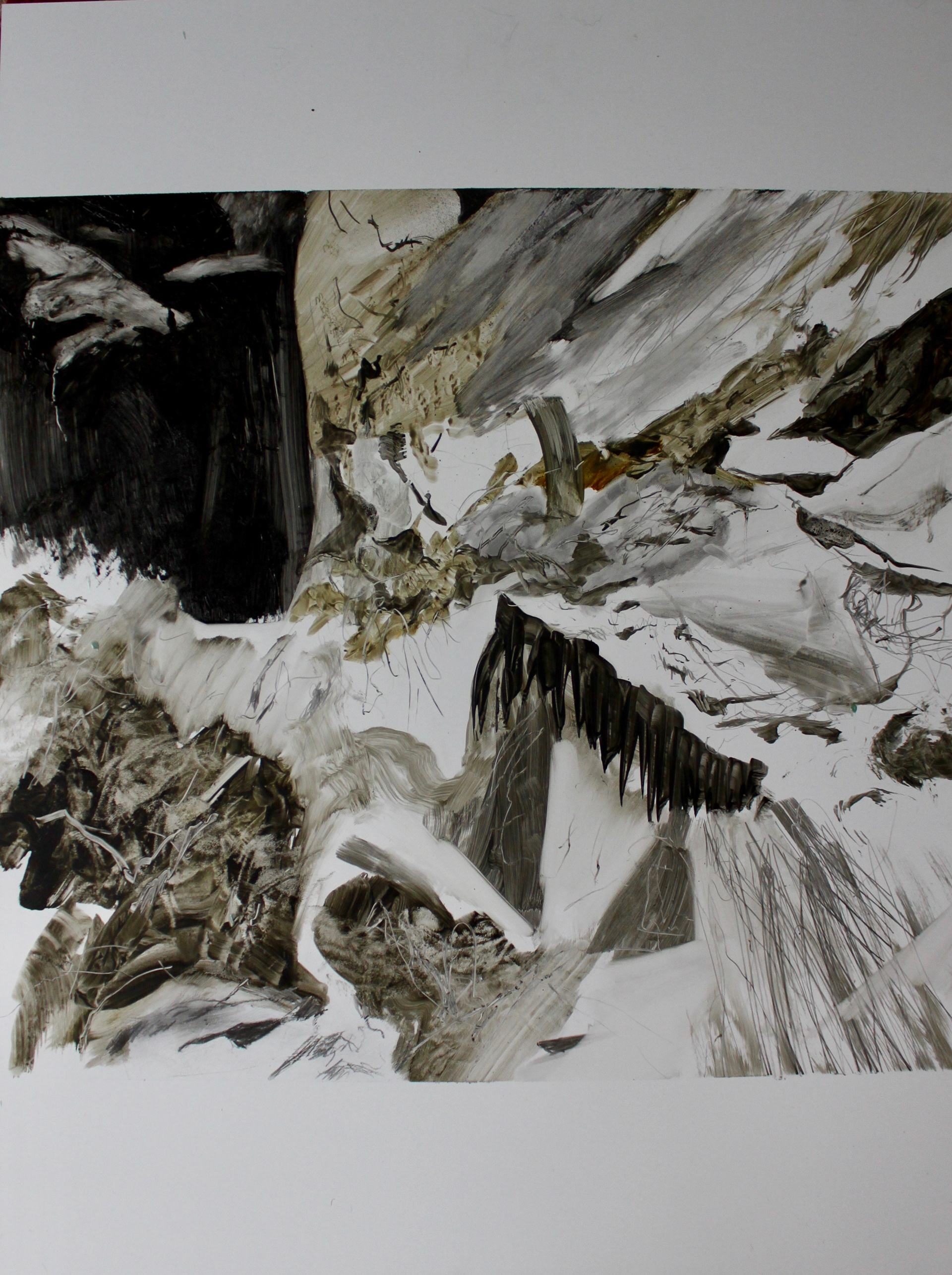

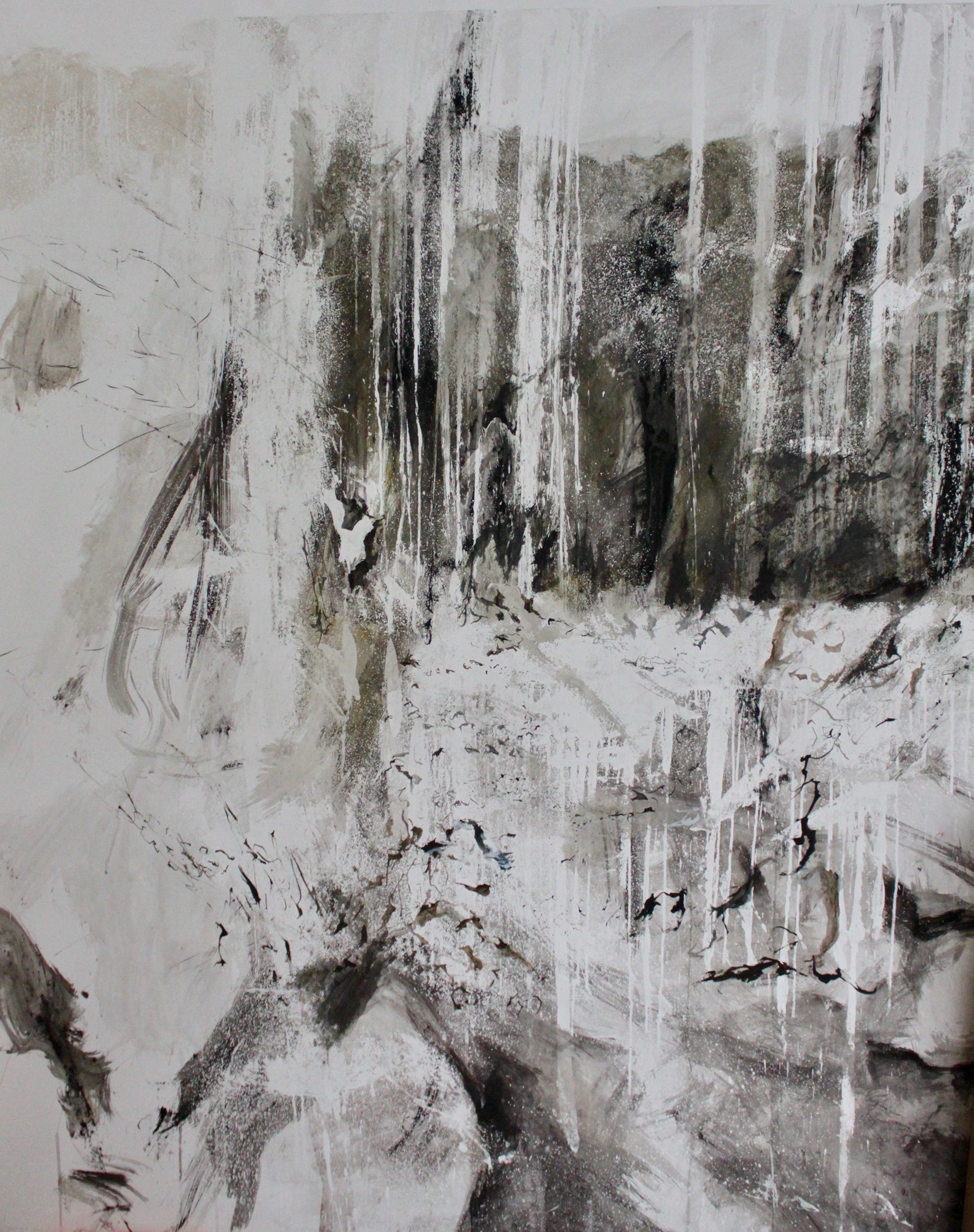
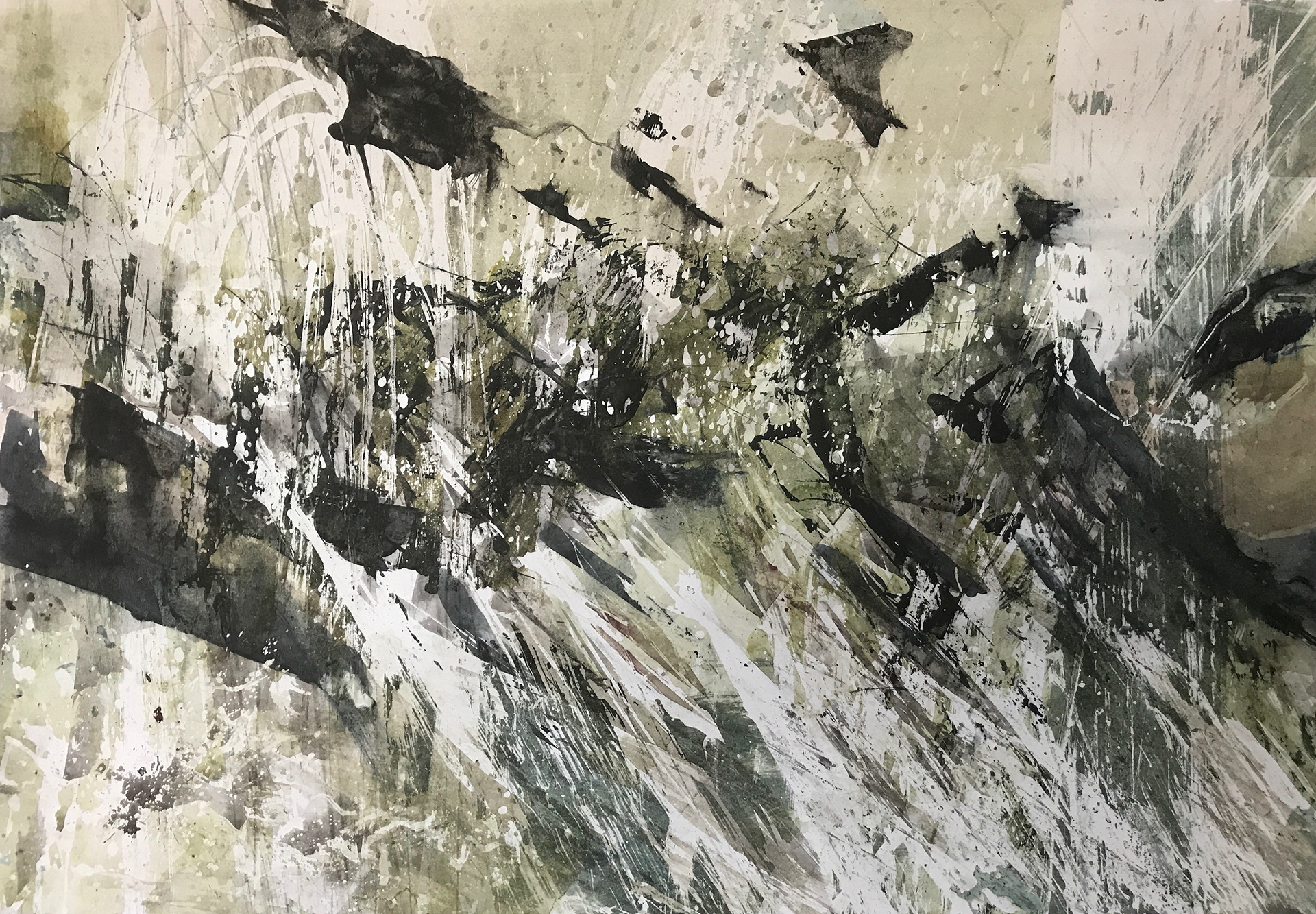
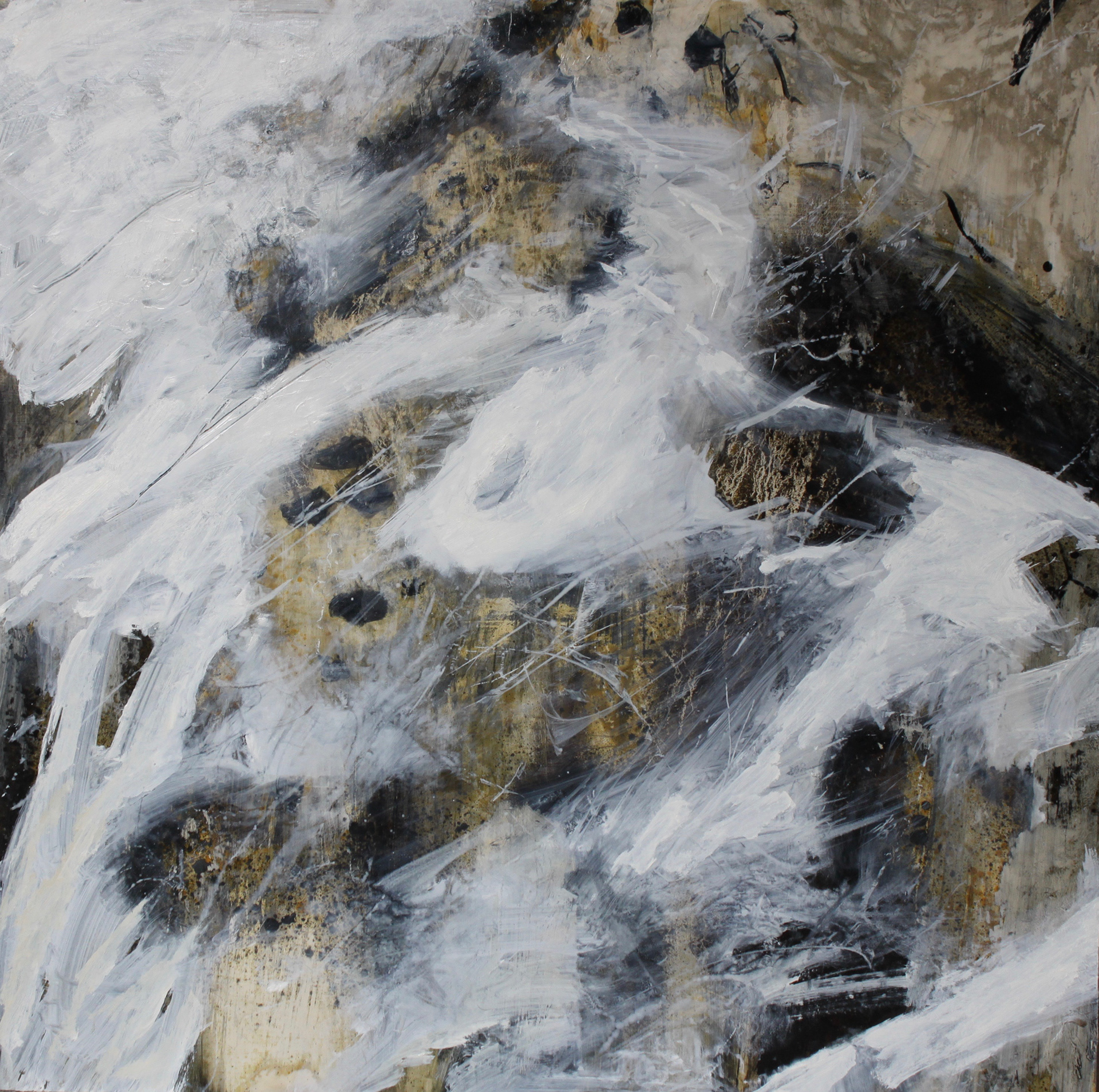

'Varieties of Presence' Exhibition,
Tweeddale Gallery, Peebles, Scotland
2017-18
“the world is not simply available; it is achieved rather than given”
Alva Noë ’Varieties of Presence’ 2012
Varieties of Presence is a solo show of artworks by artist Oliver Reed encompassing a range of oil and watercolour paintings developed through visits over the past seven years to the French Alps and the Queyras Region in particular.
Reed states, “Observing an environment is not seeing it. The space needs to be explored and experienced through a symbiotic relationship between the objective and the subjective, the physical aspects, its perceptual and sensorial experience. We engage with the space through a combination of beliefs, emotions, senses, knowledge, space and time.”
The same place and space is constantly altering, it is not the same place and space it was a minute ago; the environment is active, the trees growing, the weather conditions changing and the observer themselves, are constantly adjusting their position and focus, reframing their perspective for a space. An understanding and knowledge for a location evolves from repeated visits, as one becomes more attuned to the specific aspects and nuances that may have been overlooked or ignored previously; the geology one year and the flora the next, slowly the observer develops a greater understanding of a space and enhances their visually perceived knowledge.
Reed explains that it’s not until you set off on a day’s walk do you experience some of these nuances; the cold early starts when the sun is below the horizon and the narrow valleys and corries are cast in shadow, making these spaces look flat and dark, distorting the perspective and interpretation of the perceived space. Then, once the sun has risen above the high mountain tops, the nature of the space is transformed. However, you only become aware of these changes on your return journey, when later that day, and when the earth has rotated by some 75˚ over a 5-hour period, with the sun appearing to have changed position, making these supposed dark and hidden spaces visible, giving a completely different perceived sense of space, mood and therefore, reading.
As you walk, your perception of a space and time changes, objects and distances can appear close yet take many hours to walk to. Yet the reverse can be said, for a peak that may seem hours away you can find yourself reaching its summit in little or no time. Similarly, whilst part of the environment you are walking into may look flat yet steep, featureless and without form, can, from another angle, or change in light, appear sharp, jagged and not so steep as first thought. As you are walking at a steady pace you can become aware of how the environment changes the higher you climb; the feeling of the terrain underfoot, the colours, textures, climate, geology, fauna and flora, each playing on your perception and impacting upon your own reading of the space. You are simultaneously a part of the space as much as you are perceiving it.
Whilst visiting these locations, Reed will often make watercolour studies, take numerous photographs and collect various rocks from different walks. The combination of practical and visual recordings, whilst physically collecting rocks or ‘memory stones’ as he may call them, act as a visualization aid and trigger for his memories and perceptions when returning to the studio and when detached from the physical location. In fact, it is arguably this binary relationship between the embodied experience of ‘being in’ the landscape and being in the studio that is central to his enquiry, exploring how we might convey the sense and memory of a place through the process of painting.


